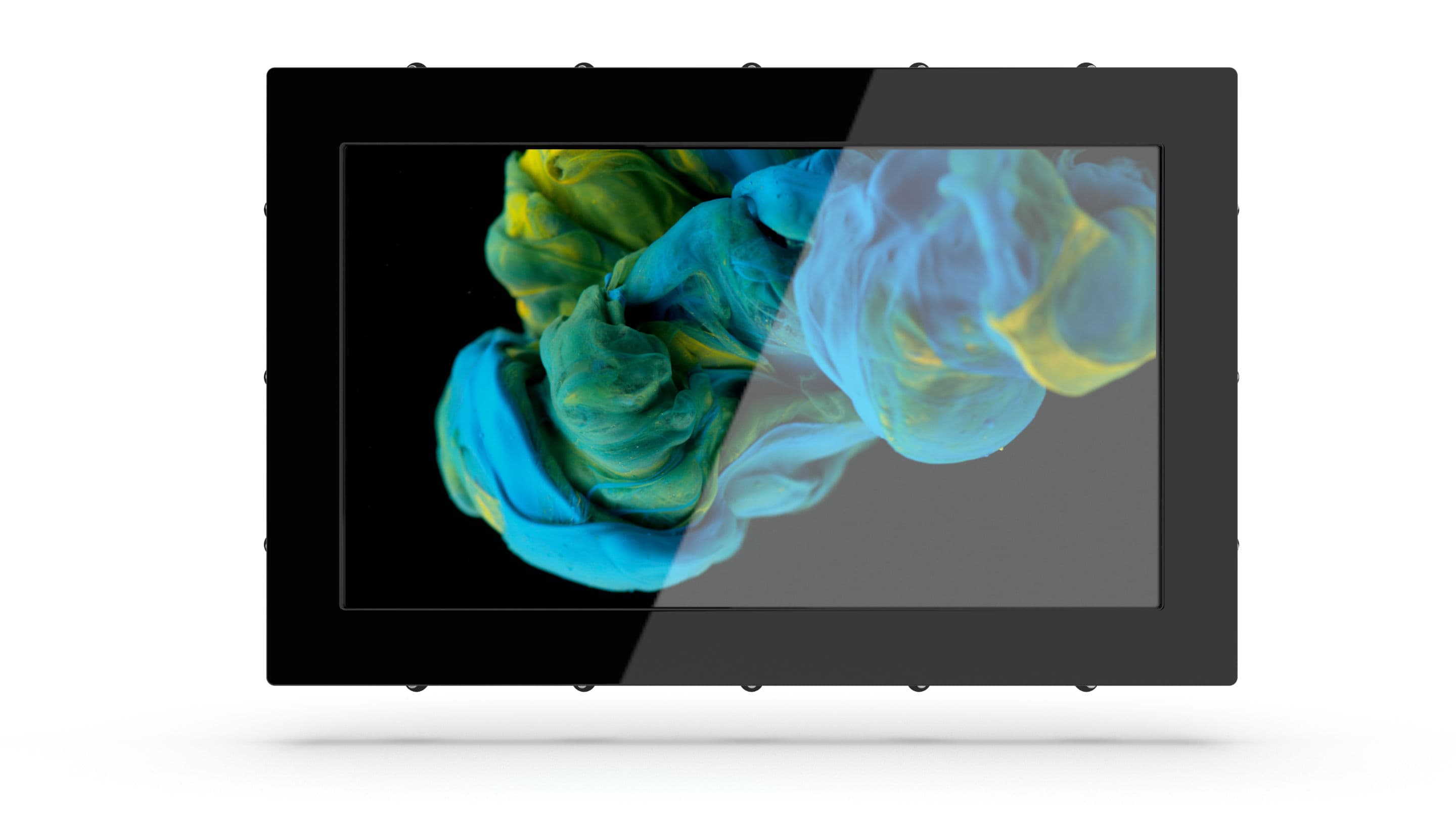Touch screen monitors have become ubiquitous in various industries, from retail and hospitality to healthcare and industrial environments. Their ease of use, intuitive interfaces, and interactive capabilities make them a popular choice for many applications. However, with widespread use comes the challenge of ensuring these devices can withstand the rigors of their respective environments. This is where the IK10 standard plays a crucial role.
Understanding the IK10 Standard
The IK10 standard is part of the International Electrotechnical Commission IEC/EN 62262 standards that measure the impact resistance of enclosures for electrical equipment. The standard is specifically designed to classify the level of protection that the enclosure provides against mechanical impacts. The rating system ranges from IK00, which offers no protection, to IK11, which provides the highest level of protection.
To achieve an IK10 rating, a device must be able to withstand an impact of 20 joules. This is typically tested by dropping a 5 kg mass from a height of 400 mm onto the surface of the device. Achieving this standard ensures that the device can endure significant physical abuse without compromising its functionality or structural integrity.
The Importance of Durability in Touch Screen Monitors
Touch screen monitors are often exposed to harsh conditions, whether it's in a public kiosk, a factory floor, or an outdoor setting. These environments can subject the screens to various forms of physical stress, including accidental drops, deliberate vandalism, and exposure to the elements. Therefore, durability is a critical factor in the design and selection of touch screen monitors.
Durability impacts not only the longevity of the device but also its performance and user experience. A durable touch screen monitor can:
- Reduce Downtime: Durable screens are less likely to suffer damage that necessitates repairs or replacements, leading to less operational downtime.
- Lower Total Cost of Ownership: Investing in durable monitors reduces the frequency of replacements and repairs, lowering the overall cost over the device's lifecycle.
- Enhance User Experience: Screens that maintain their functionality and appearance despite heavy use ensure a consistent and reliable user experience.
The IK10 Standard's Role in Enhancing Durability
The IK10 standard significantly enhances the durability of touch screen monitors by providing a robust benchmark for impact resistance. Monitors designed to meet or exceed this standard are built to endure substantial physical abuse, making them suitable for demanding environments.
Design Considerations for IK10 Compliance
Achieving IK10 compliance involves several design considerations:
Material Selection: The materials used in constructing the monitor, particularly the screen and enclosure, must be able to absorb and distribute impact forces effectively. Hardened glass or polycarbonate is often used for the screen, while the enclosure may be reinforced with metal or impact-resistant plastic.
Structural Reinforcement: The internal structure of the monitor must be reinforced to prevent damage to critical components from impacts. This may involve using shock-absorbing mounts or additional bracing.
Mounting Solutions: Ensuring that the monitor is securely mounted can prevent damage from falls or collisions. Anti-theft and tamper-resistant mounting options are often considered in high-risk environments.
Testing for IK10 Compliance
To certify that a touch screen monitor meets the IK10 standard, rigorous testing is conducted. The primary test involves subjecting the device to repeated impacts using a standardized method. The results must demonstrate that the monitor can withstand the impacts without significant damage that affects its functionality or safety.
Real-World Applications of IK10-Rated Touch Screen Monitors
Public Kiosks and ATMs
Public kiosks and ATMs are prime candidates for IK10-rated touch screen monitors due to their exposure to potential vandalism and high foot traffic. These devices need to operate reliably despite frequent and sometimes rough use. IK10 compliance ensures that the screens can endure impacts from objects such as coins, keys, or even deliberate attempts at damage.
Industrial Environments
In industrial settings, touch screen monitors are used for controlling machinery, monitoring systems, and other critical functions. These environments can be harsh, with the potential for accidental impacts from tools or machinery. An IK10-rated monitor can withstand such impacts, ensuring continuous operation and reducing the risk of costly downtime.
Outdoor Displays
Outdoor displays, including digital signage and wayfinding stations, must endure not only physical impacts but also environmental factors such as temperature fluctuations and moisture. IK10-rated monitors provide the necessary durability to withstand these challenges, maintaining their performance and visibility in various conditions.
Benefits Beyond Impact Resistance
While the IK10 standard primarily focuses on impact resistance, the design principles that help achieve this rating also contribute to other aspects of durability. For instance, the use of high-quality materials and reinforced structures often results in improved resistance to environmental factors such as moisture, dust, and temperature extremes. This makes IK10-rated monitors suitable for a wide range of challenging applications beyond just those involving physical impacts.
Conclusion
The IK10 standard plays a pivotal role in enhancing the durability of touch screen monitors. By providing a clear benchmark for impact resistance, it ensures that these devices can withstand the rigors of demanding environments, from public spaces to industrial settings. The benefits of IK10 compliance extend beyond mere impact resistance, contributing to overall device longevity, reduced downtime, and a better user experience. As touch screen technology continues to evolve and proliferate across various sectors, the importance of adhering to standards like IK10 will only grow, ensuring that these devices remain reliable and robust in any application.

